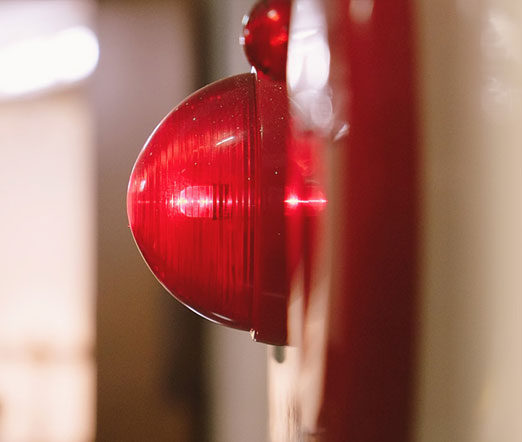Types of carbon monoxide detectors
Due to its undetectable state, many people are often unaware they are being exposed to carbon monoxide. To avoid CO poisoning, many states and cities in North America have made it mandatory for residential homes and commercial buildings to have carbon monoxide detectors installed in the appropriate areas. However, determining the type of CO detector you'll want to install highly depends on local, state or city laws and some situational events. Here are the types of CO detectors you should consider installing:
- Battery-operated detectors - Battery-operated detectors, as the name suggests, run on the power of batteries and will alert the user when the battery is low. It is recommended for these batteries to be replaced every six months, even if there are no warning beeps. Battery-operated detectors should be installed in residential homes that are not equipped with special wiring for hardwired detectors. Depending on the state or city, battery-operated detectors are only allowed in commercial buildings that are not considered new construction.
- Hardwired detectors - Hardwired detectors require special wiring that are typically only found in recently new or renovated homes and commercial buildings. These detectors are equipped with a battery backup in case of a power outage. It is recommended to replace these batteries at least every six months or no longer than every year.
- Combination smoke detectors - Combination smoke detectors serve as a two-in-one protector against carbon monoxide and smoke. These detectors are offered as hardwired or battery-operated. Similar to hardwired and plug-in detectors, hardwired combination smoke detectors will also be equipped with backup batteries in case of unexpected power outages.
- Plug-in detectors - Plug-in detectors are simple to install as they just need to be plugged into a standard AC wall outlet. This makes it a popular choice among people who want to avoid the installation process of a battery-operated or hardwired detector. Plug-in detectors are also equipped with backup batteries that should be changed every six months. These detectors are commonly used in residential applications, since commercial buildings require heavy-duty detectors with stronger detection capabilities.



